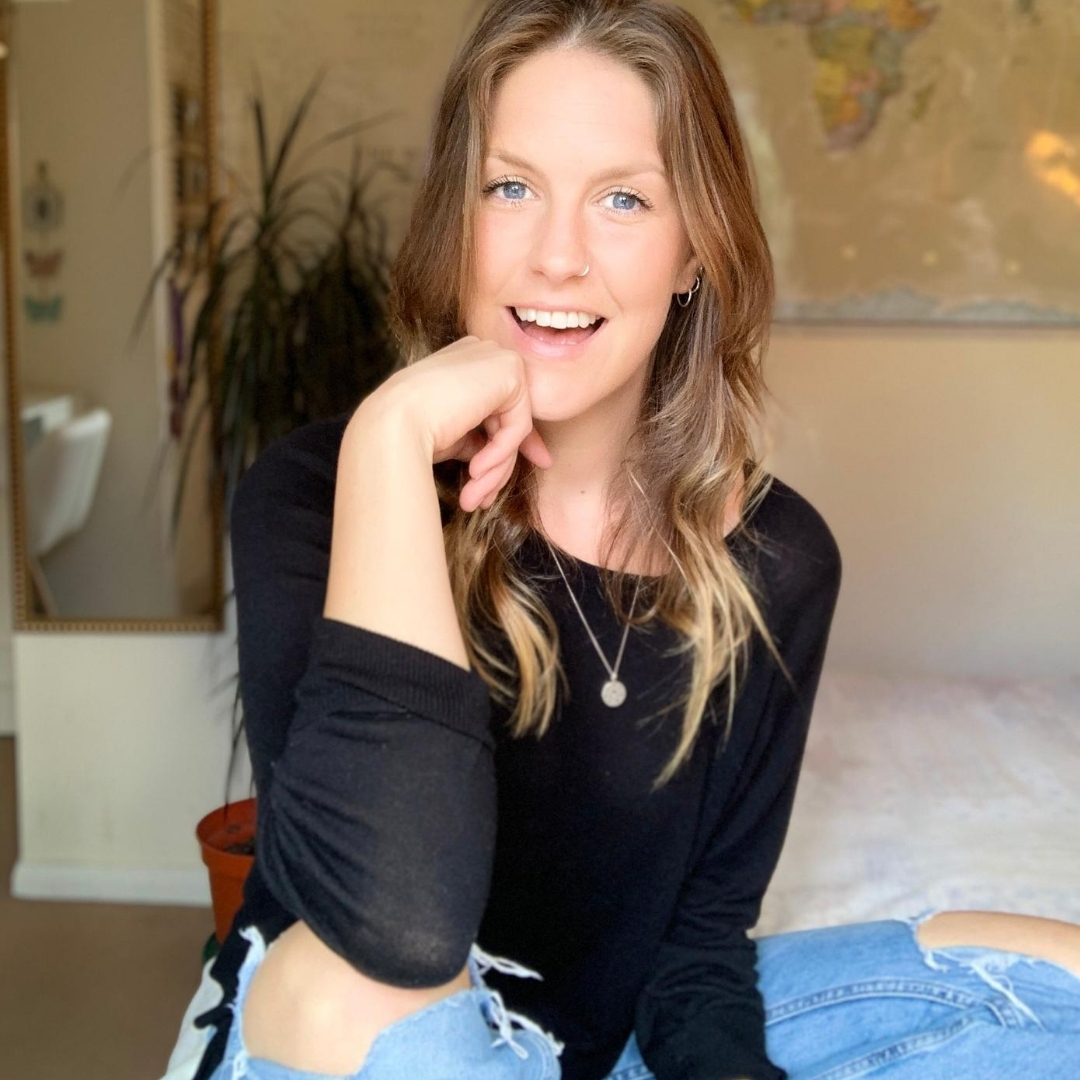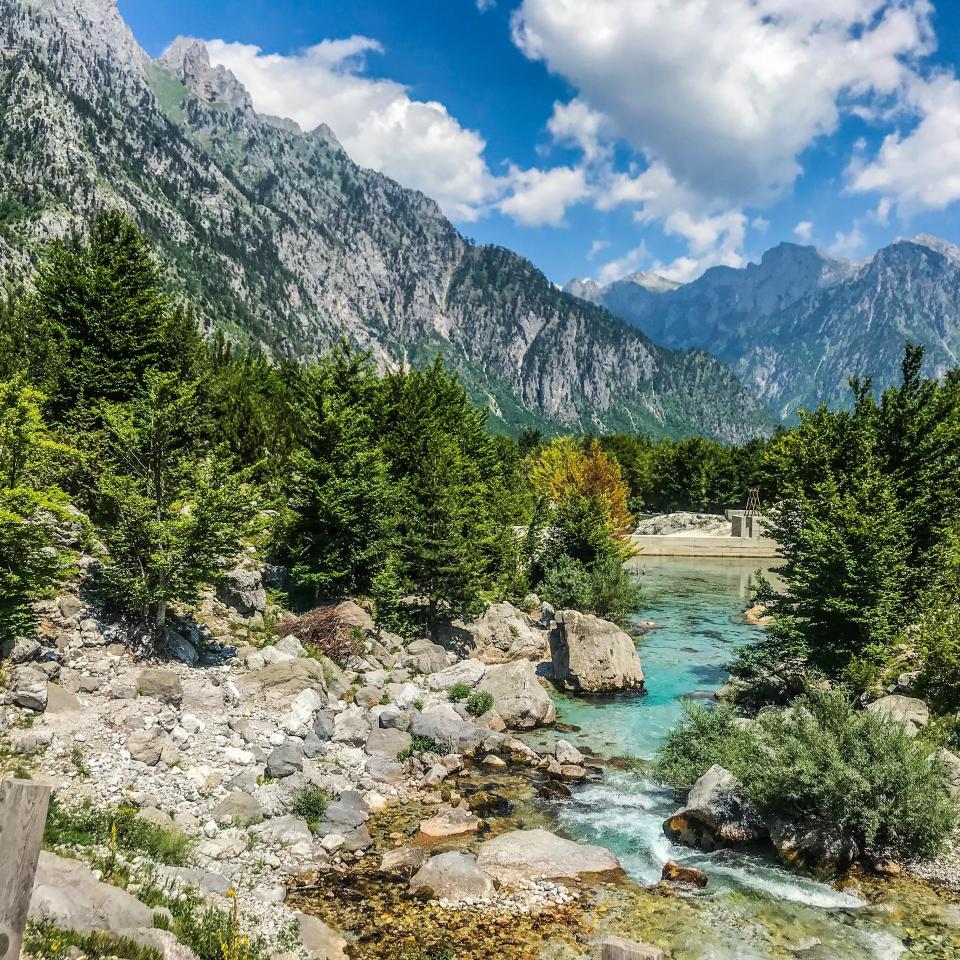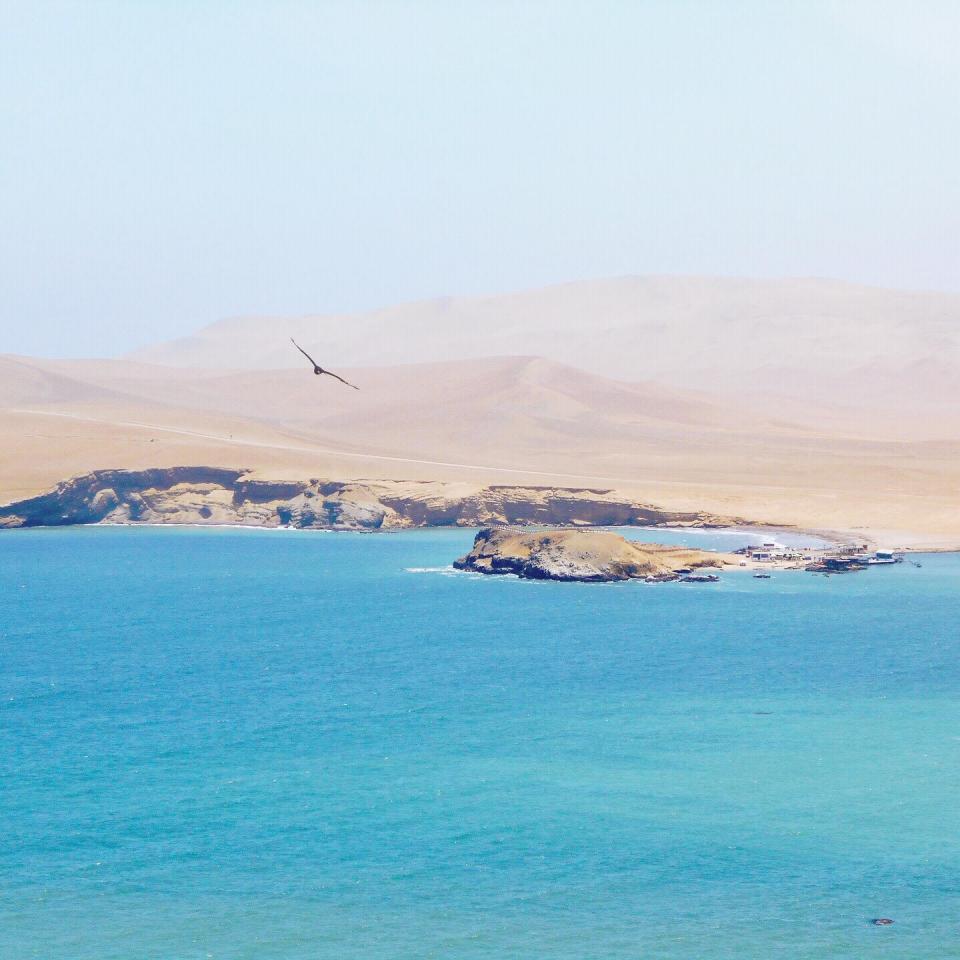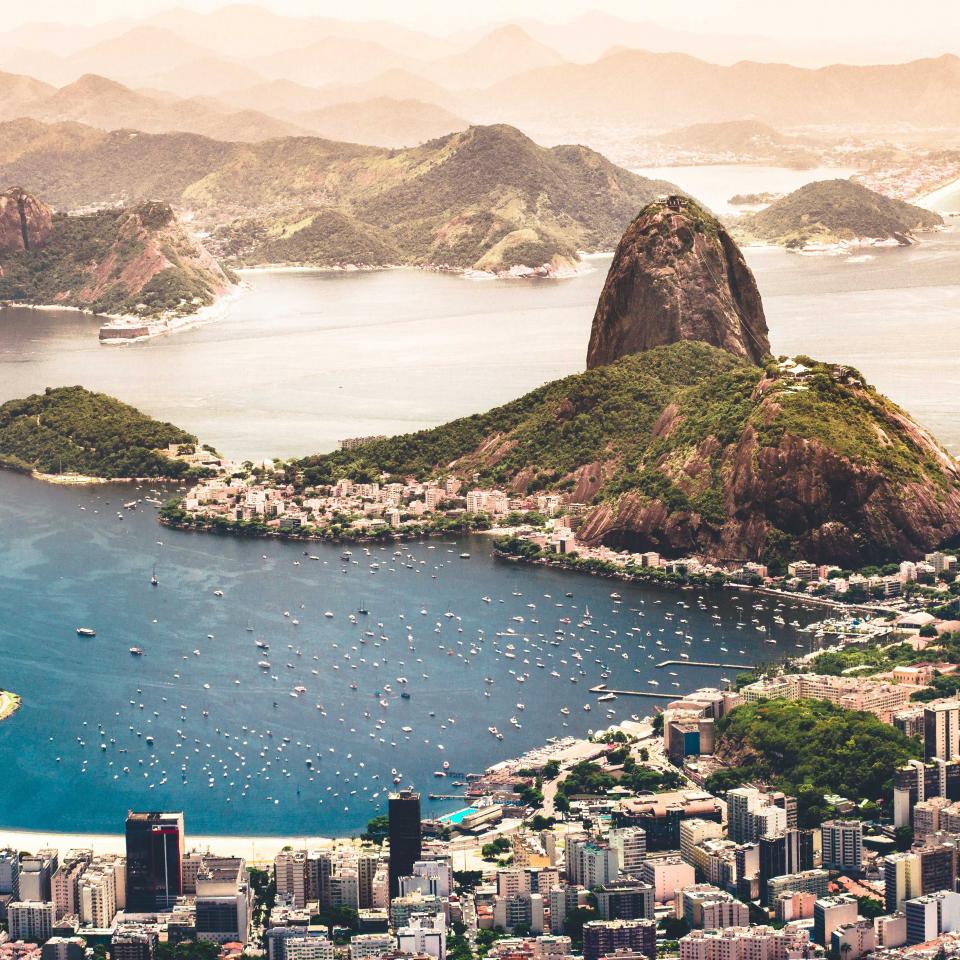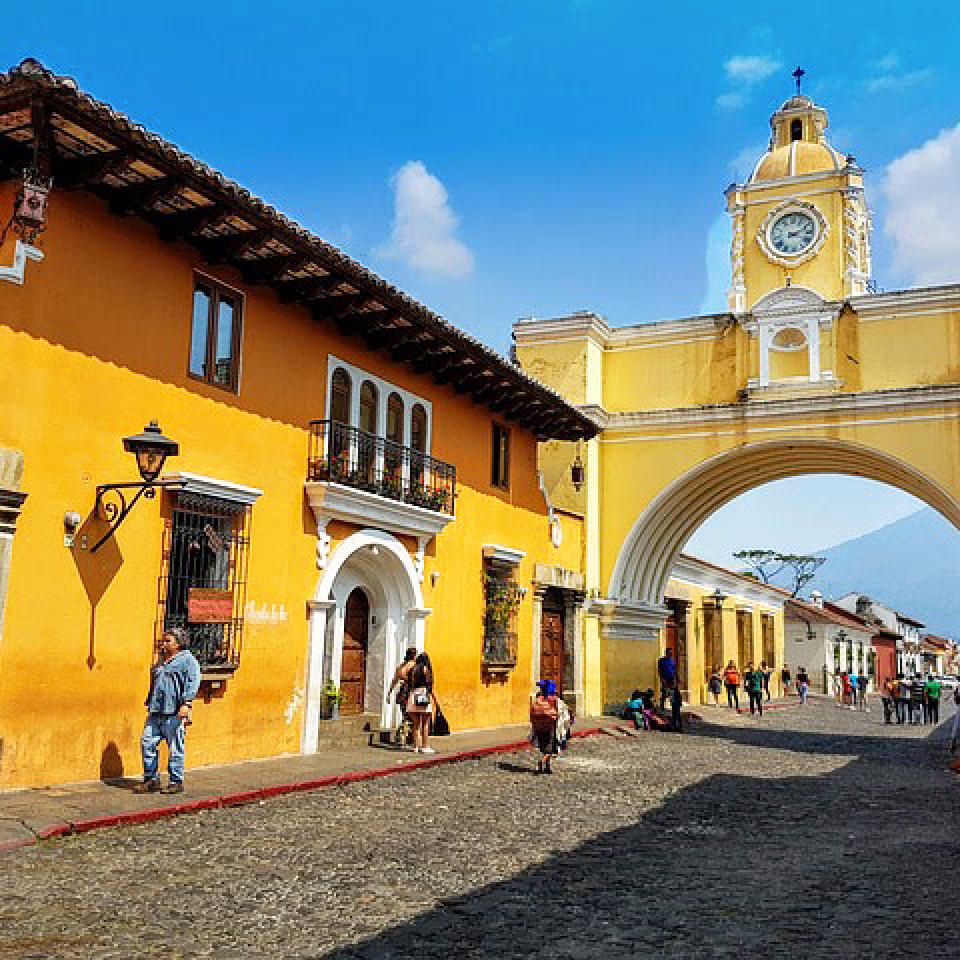Paracas is a small and unassuming town on the west coast of southern Peru. Whilst the town itself is not particularly thrilling, in fact it is just one main road lined with hostels and hotels, the surrounding areas are mind blowing.
Paracas is the perfect jumping off point for the Islas Ballestas, aptly named the ‘the poor man’s Galapagos’ and offers the ultimate gateway to the Paracas National Reserve.
You won’t want to miss this little town (with a big impact) on your Peru Itinerary.
Bus
Paracas can be reached easily from the North or South of Peru. From Lima you can catch a bus which will take just over three hours and cost 57 sol (€15 | $17).
Best bus companies are: Oltursura or Cruz del Sur.
If you are coming up from the South of Peru and from Ica, you can catch a bus directly to Paracas which only takes 1.5 hours and costs 26 Sol (€6 | €8). If you are like me and missed the direct bus from Ica to Paracas, catch a bus heading to Pisco and then take a collective or taxi to Paracas (20 minutes). When you come out of the bus station in Pisco, head to the right and walk to the main square, that’s where you will find the collectivos which are much cheaper than taking a taxi (5 Sol in comparison to 25 Sol).
Peru Hop
If you are a little nervous about catching buses on your own, which I always am, you can use the super safe Peru Hop. Whilst they are more expensive, it may make you feel more comfortable with travelling on your own. They do planned itineraries where you pay a set amount and you can jump on and off the bus whenever you like. They have a good route up the coast of Peru. Check out their website for more details.
It is all about the walking in Paracas. But if you want to explore further afield, the perfect way to do that is to hire a bicycle – see the below section for more details.
First things first, Paracas is not the prettiest Peruvian town and there isn’t a huge amount to do in Paracas, which is why most people skip it out. But those people are seriously missing out. In fact the time I spent in Paracas was incredibly special and fulfilling. And what Paracas lacks in design and asthetics, it more than makes up for in terms of unique activities and price! Every hour in Paracas is 'happy hour' which means plenty of cheap eats and drinks along the beach.
The centre of Paracas only consists of a few streets and the beachfront promenade, so it doesn't take long to figure out your bearings. But outside of the town there are a couple of 'must do' activities!
This is such an incredible experience and one of the many reasons why I created Go Travel and Talk.
At this point in my trip I was completely solo. An incredible American couple who I had met earlier (Sam and Ryan – you rock!) told me about cycling around Paracas National Reserve and said it was something I couldn’t miss out on. But I was terrified. Biking off by myself into the desert? But with Sam’s step by step instructions, I found the confidence to go and my goodness it was INCREDIBLE. One of the biggest highlights for me – so if you are feeling apprehensive like I was, let me pass on my knowledge, just like Sam did for me.
If you want to explore the Paracas National Reserve, leave early because it gets hot, hot, hot.
Head to PlayaRoja Tours on the main road. It is a two minute walk from the main square and next door to a bus/tour operator on the corner. Ask for the incredible Efrain and he will sort you out with a bike and a map.
Cost to rent a bicycle for half a day is 25 Sol. Efrain will give you a map and hold your passport for security (don’t worry, it's safe there). Coming out of the office you need to head right and cycle to the roundabout (2 minutes) and then take the first exit (left). Head straight down this road for about 20 minutes passed some houses and super swanky hotels until you reach the end of the road. Here, you will get your first sight of a bright blue lake with thousands of pink flamingos. Pretty cool hey?
Turn back on yourself and take a cut through opposite the Hilton hotel, turn right and you will see the entrance to the Paracas National Reserve ahead of you. Be prepared to be blown away. You will pay a 10 Sol entrance fee to the guard and you are off.
You can choose your own route, but I did:
Paracas/Playa Roja Tour Office → Flamingos → Entrance to park → La Catedral → Playa Yumaque → Playa Roja →Museo Reserva Nacional de Paracas → back to the office
In total this took me 4 hours and it was awesome. I would have happily stayed longer but I had to catch a bus that evening. The scenery is like nothing I have ever experienced and at times it is just you and the desert. Rolling sand dunes, bright blue skies and just you and your bicycle. It’s breathtaking.
One of the main sights to visit in the Paracas National Reserve is Playa Roja. Playa Roja is a deep red beach with crystal clear blue waters. The many viewpoints surrounding it give you expansive views over the ocean. It is surreal. There is plenty of wildlife to spot along your route, including many weird and wonderful birds. There are toilet facilities all along the route, cafes at Playa Roja and at the end of the route mentioned above, there is a museum that is well worth a visit.
Go Travel and Talk Top Tips:
- Take plenty of water – it is incredibly hot
- Take snacks and sugary treats
- Take a hat
- Slather yourself in factor 50 sun cream!
If you are going to do anything in Paracas, DO THIS. If you don’t fancy cycling, you can hire ATV Buggies and do it at a slightly faster pace! You can also go with organised bus tours, but I wouldn’t recommend this as you are rushed at each point and you can’t really enjoy what is around you.
The Isla Ballestas are one of the main reasons people visit Paracas. Coined the ‘poor man’s Galapagos’ you will have the chance to see penguins, sea lions, lots of birds and if you are lucky, dolphins and whales.
Most boat tours leave between 8am-10am and it is a short ride to the island. The meeting point is the Marina Turistica. Expect to pay between 56-67 Sol (€15-18 | $17-20) The tour is 4 hours in total. You can easily book through your hostel or there are plenty of tour operators all down the main road.
Go Travel and Talk's advice is to leave on the earlier tour as the weather is unpredictable in Paracas and the waters are calmer first thing in the morning.
**If you wanted an adventure packed day, you could explore the Isla Ballestas in the morning and then go for a cycle around Paracas National Reserve in the afternoon after the midday sun!
Kokopelli is a really popular choice with backpackers. It is the ultimate party hostel (you will also find one in Cusco and Lima) and if that is your thing, this will be right up your street. One of the biggest plus points for this hostel is that is has a pool. In addition to this, there is a large bar and dance floor, a big communal TV room, tour agency and super comfy beds designed as pods with privacy curtains. The security is incredibly tight here and only people with wrist bands can come in which makes you feel really safe. But beware – this is not a place for sleeping! Whilst this place wasn’t for me, I did love their option of volunteering with the beach clean-up team – see our positive impact section below.
Cost per night: 45 Sol (€12 | $13) for six bed dorm, breakfast included.
For me, Kokopelli was a bit too much. I was looking for some down time and being woken up by the bedroom door opening and closing until 5am in the morning, was not my idea of fun.
Paracas is full of local guesthouses and hotels, all down the main street. So on my second night, I just took a wonder and chose one that suited what I was looking for. There are plenty to choose from so if you are in the same mindset as me, just take a walk down the main street and have a look. No need to pre-book. If you would feel better to have something pre-arranged, a list of accommodation options can be found here.
In comparison to the rest of Peru, Paracas is a little bit more expensive with limited items like groceries, drinks and variety of food on the menu!
If you are eating in a restaurant, in order to secure a good deal, you will need to request the 'menu del dia' (menu of the day). This often includes a soup, a main and a drink, for around 25 Sol per person (€7 | $8). Most restaurants specialise in fish and ceviche dishes.
Street Food:
- Coconuts! And of course Ceviche.
Local Food:
- Fish, fish, fish – as a seaside town, this is the staple thing on all the menus. There is a real mix of little local places and fancier restaurants on the seafront.
Vegan / Vegetarian Food:
- The options are limited I am afraid. Fruzion, just passed the main square is probably your best bet and to be fair they do very good pancakes! But it is a little but more expensive than other places. They close at 6pm and are better known as a breakfast or brunch spot rather than dinner.
- Cafe Paracas, which is a little further along than Fruzion is another recommended choice. More coffee and cake vibe than meals, although they do sandwiches - think shabby chic!
- Or why not go to the shop on the square and stock up on fruit and veg and cook in your hostel. There is a single shop on the corner of Alameda Alan Garcia Perez and the small park, a few doors down from 'Good Market' (another shop option), which has a surprisingly wide range of fruit, veg, pulses and spices.
Whilst I wasn’t a huge fan of Kokopelli hostel, they do organise beach clean up projects which is awesome. We all know there is a huge plastic problem going on at the moment all over the world, but when you travel across South America, you get a first hand glimpse of how bad it really is. Ask at Kokopelli’s tour desk to see if there is a beach clean going on whilst you are there and if you can join in.
